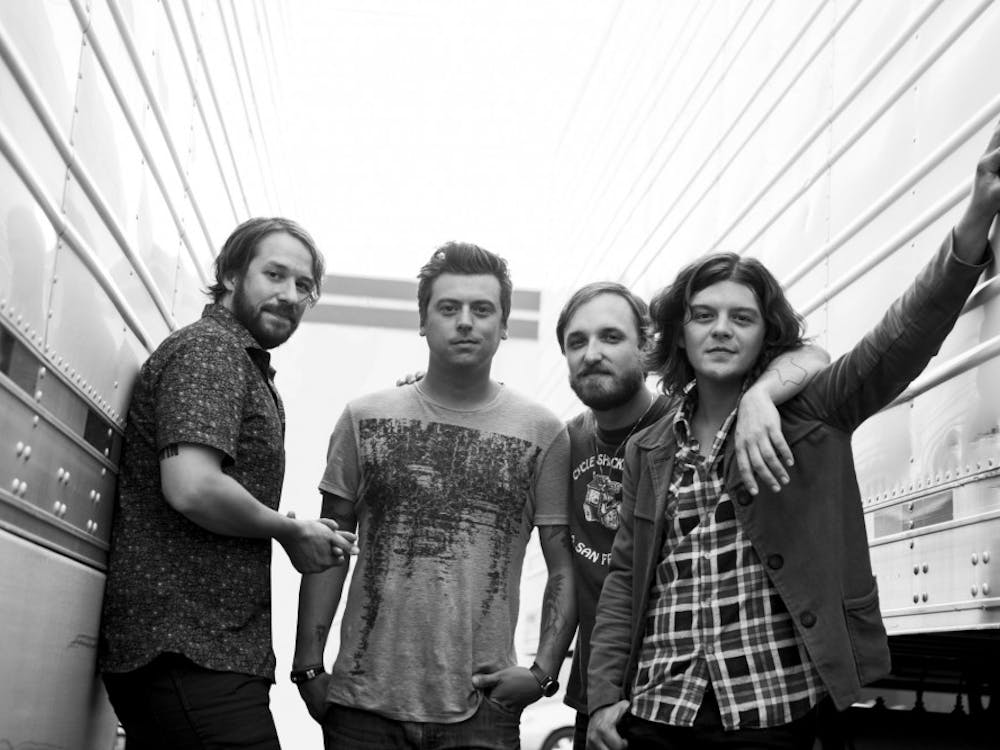UP releases its Climate Action Plan to reduce carbon emissions
By Emily Sitton
UP has joined more than 600 universities nationwide in drafting a Climate Action Plan, a three-phase plan to make UP carbon neutral by 2040.
UP's efforts are in conjunction with the American College & University Presidents' Climate Commitment (ACUPCC), which calls on colleges and universities to take leadership roles in reducing the emission of greenhouse gases.
After University President Fr. E. William Beauchamp, C.S.C., signed on to the ACUPCC project three years ago, UP's Presidential Advisory Committee on Sustainability (PACOS) began drafting a strategy and timeline to address climate change as an institution.
"The very fact that we're putting a stake in the ground is a great thing because the urgency of the climate issue is not going away," said Bill Barnes, business professor and chair of PACOS.
According to the Oxford English Dictionary, being carbon neutral means having a zero net emission of carbon dioxide to the atmosphere.
This often involves purchasing a carbon offset such as planting trees or investing in green technologies such as wind power.
However, carbon offsets are described as a "last resort" in UP's Climate Action Plan.
Instead, UP's strategy focuses on changing practices that contribute to the greenhouse gas problem.
UP's Climate Action Plan outlines three scopes or phases for reaching carbon neutrality by 2040.
The first phase, with a proposed completion date of 2020, states that UP will neutralize carbon emissions "directly occurring from sources owned or controlled by" the University.
Specific actions UP's plan lists for this phase include converting diesel-powered UP-owned vehicles to biodiesel, replacing the use of natural gas with low-carbon and zero-carbon alternatives and assessing all UP-owned buildings for energy efficiency.
The second phase, with a target date of 2030, is a pledge to bring the greenhouse gas "impact of electrical use on campus to net zero."
This would involve installing more energy-efficient lighting as well as possible on-campus energy generation in the form of solar panels and wind-generated electricity.
The third and final phase, with a target date of 2040, aims for carbon neutrality for employee commuting and air travel.
UP's Climate Action Plan also addresses academics by including climate neutrality and sustainability content in UP's curriculum, possibly adding the development of sustainability as an embedded element in core science courses and other courses that address environmental and climate science.
While there are 30 years left to achieve its goal, the University has already taken steps towards achieving it.
Students growing produce in the S.L.U.G. garden is one way that carbon emissions have already been reduced on campus.
By growing their own food, students reduce their carbon footprint because a truck, which emits carbon, is not used to deliver food to them.
The new composting program in The Village and the ban on the sale of bottled water are other examples of reducing carbon emissions.
By composting or using their personal water bottles, students are reducing the carbon emissions that would be emitted if that food or water bottle were thrown away and trucked to a dump.
Barnes described these efforts toward carbon neutrality as "plucking off the lowest hanging fruit first."
PACOS is currently focusing on raising awareness of the Climate Action Plan and what it means, said senior Leslie Eddy, a student member of PACOS.
"The PR part of this is that people hold the University accountable (to the Plan)," Eddy said.
More information on UP's sustainability efforts is available on its Climate Change and Sustainability Web site: orgs.up.edu/climatechange/.







